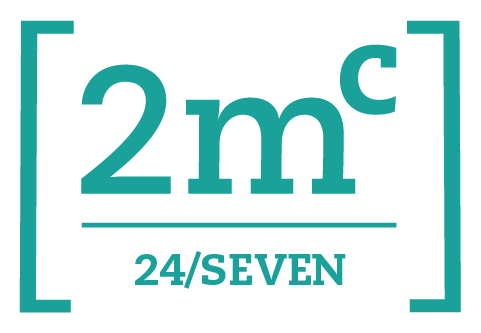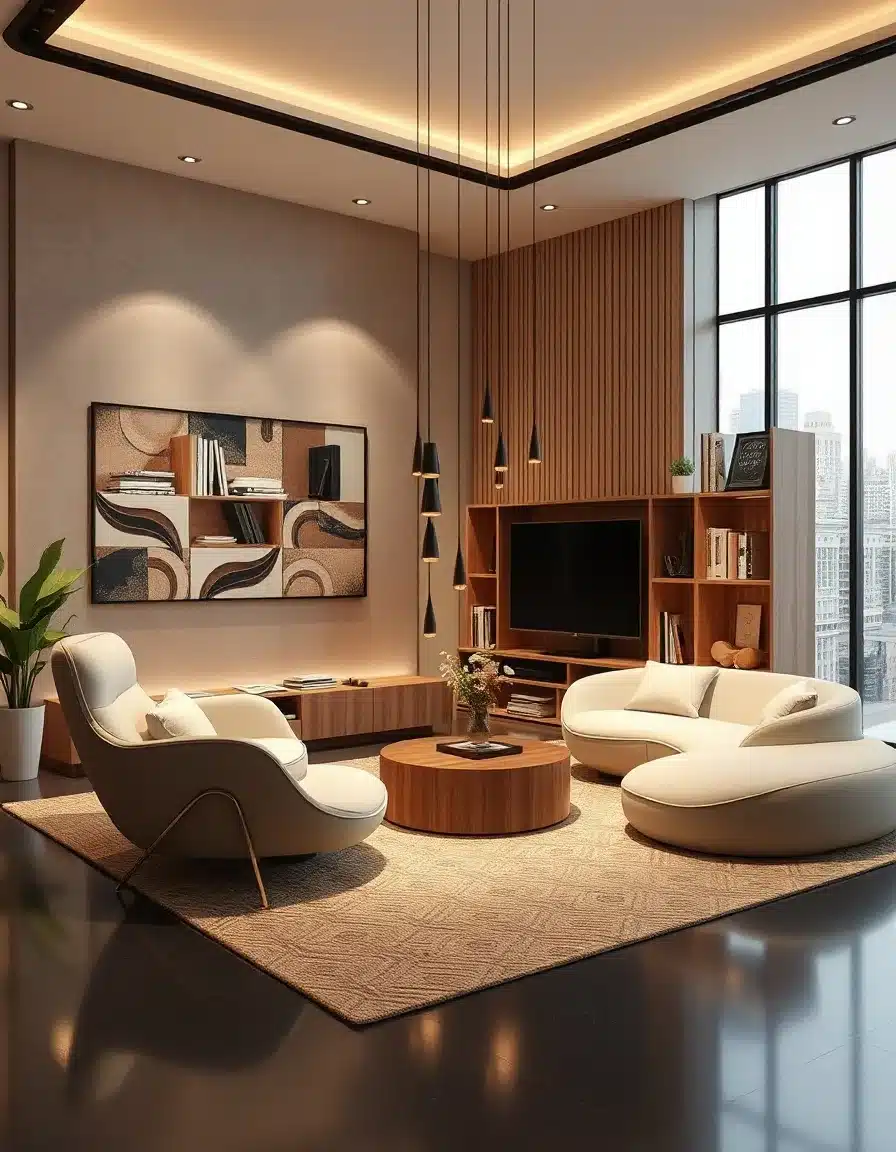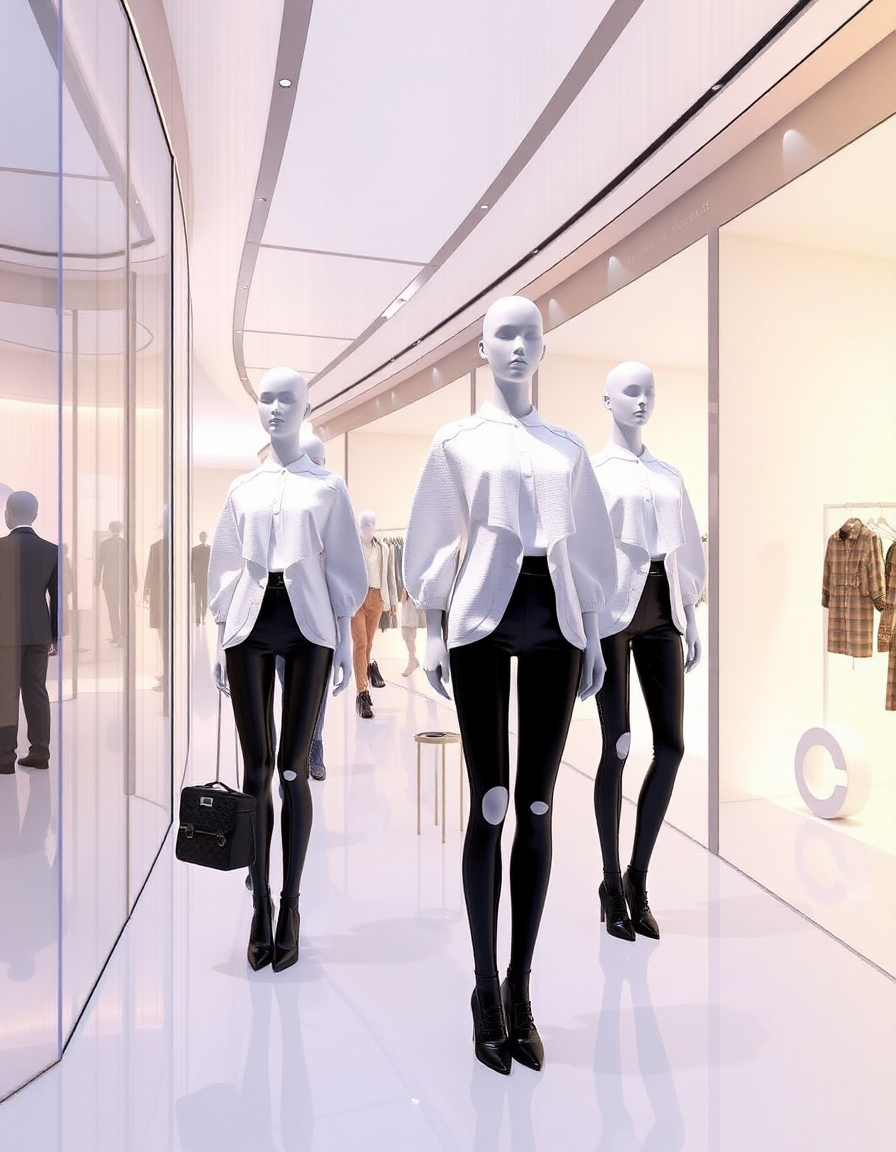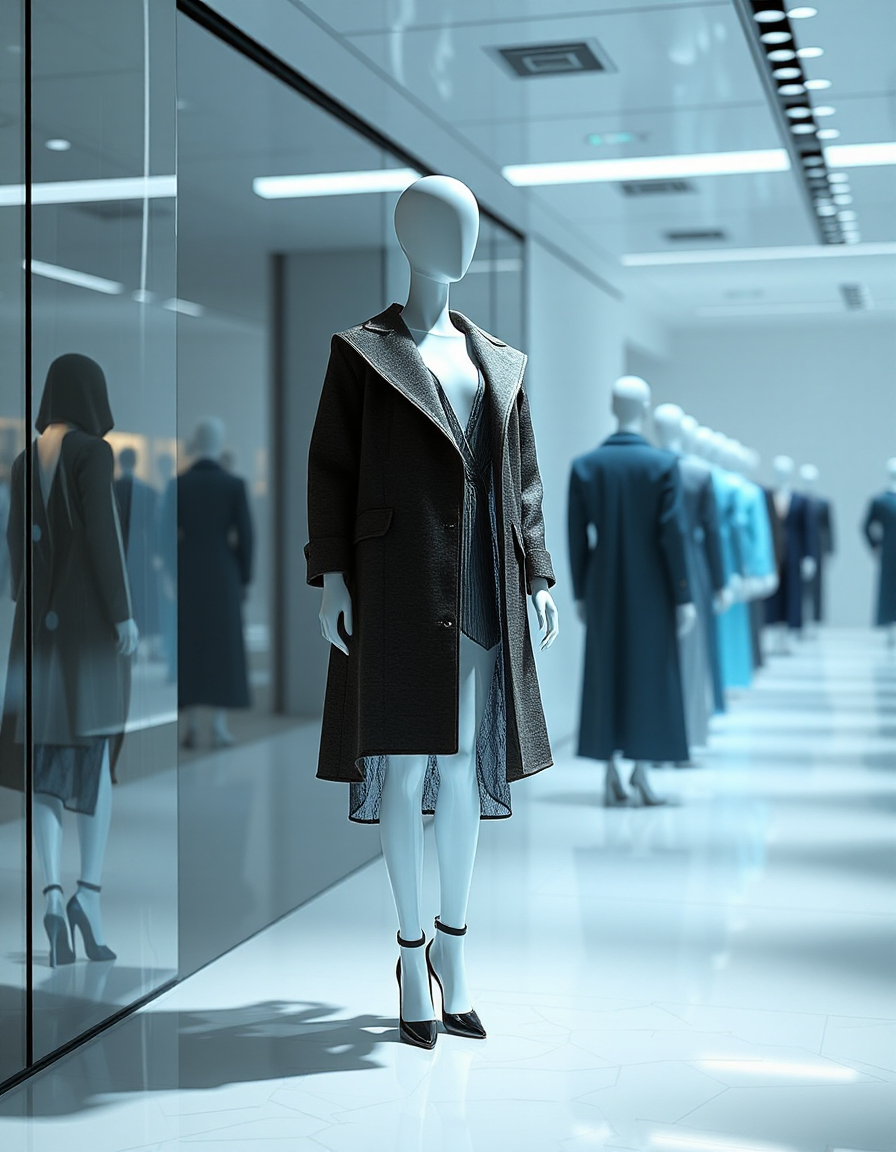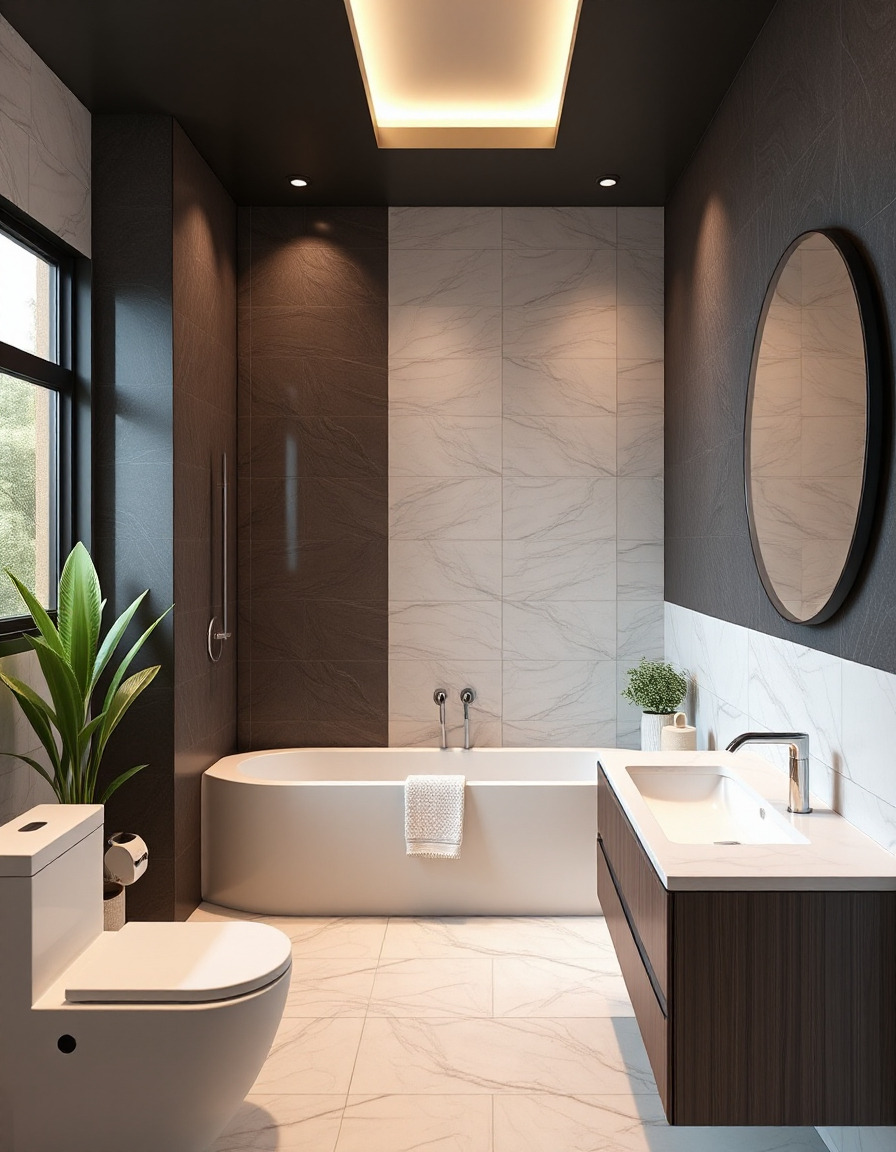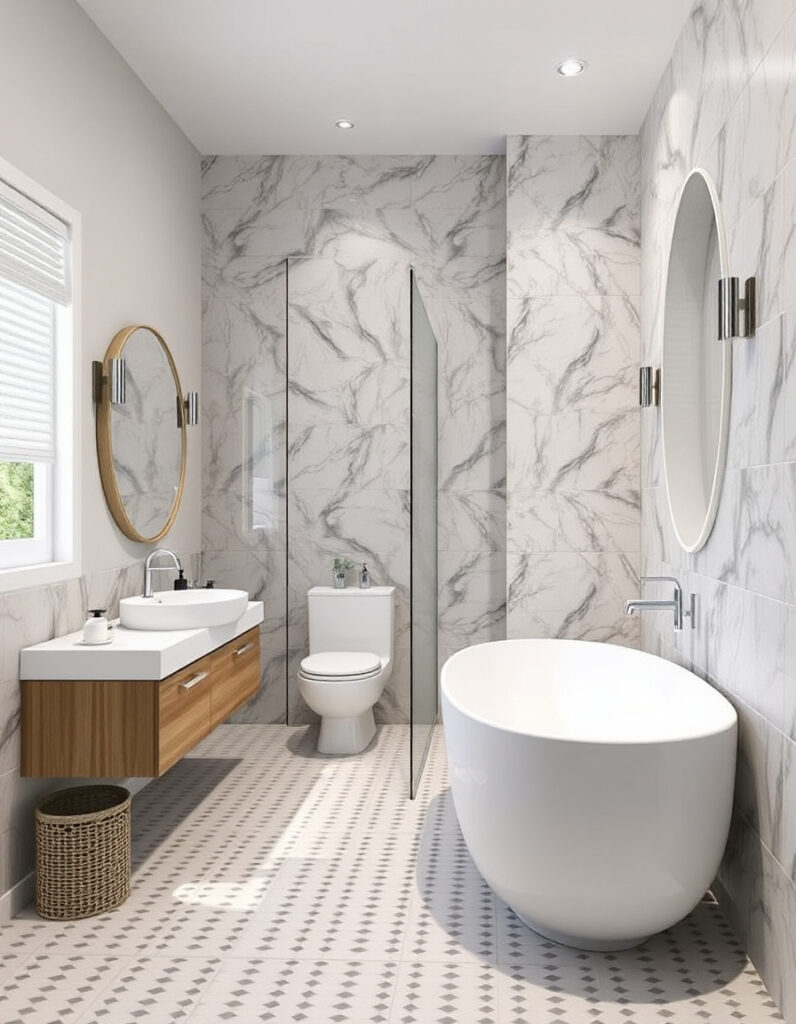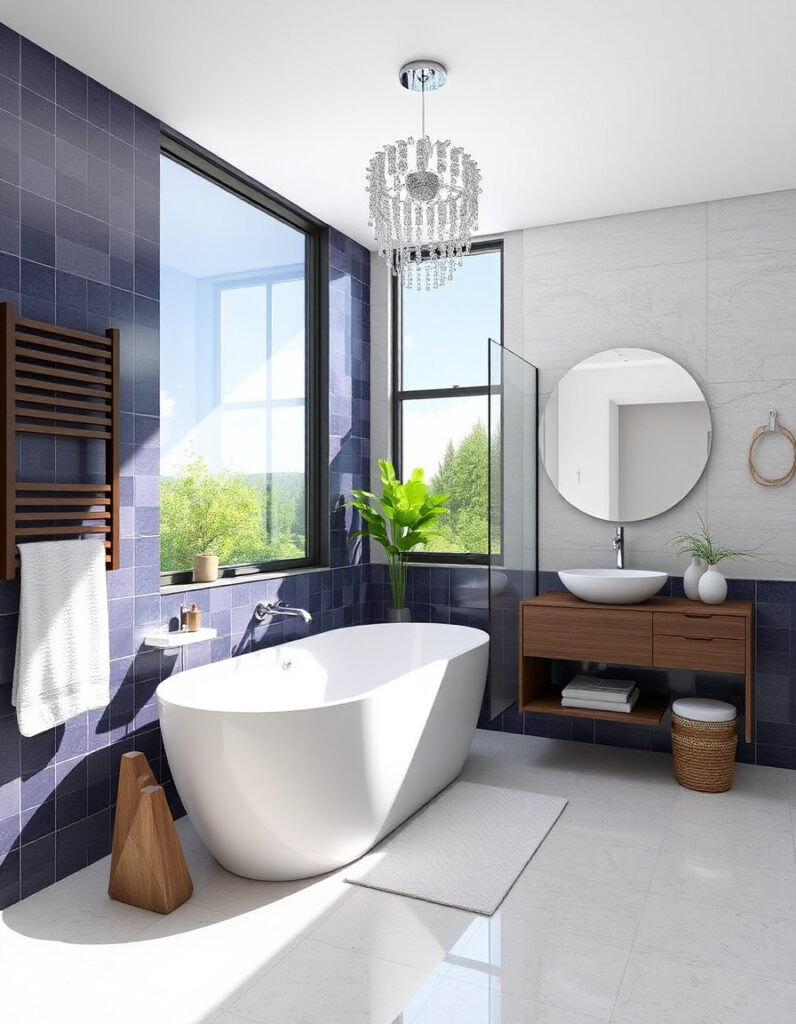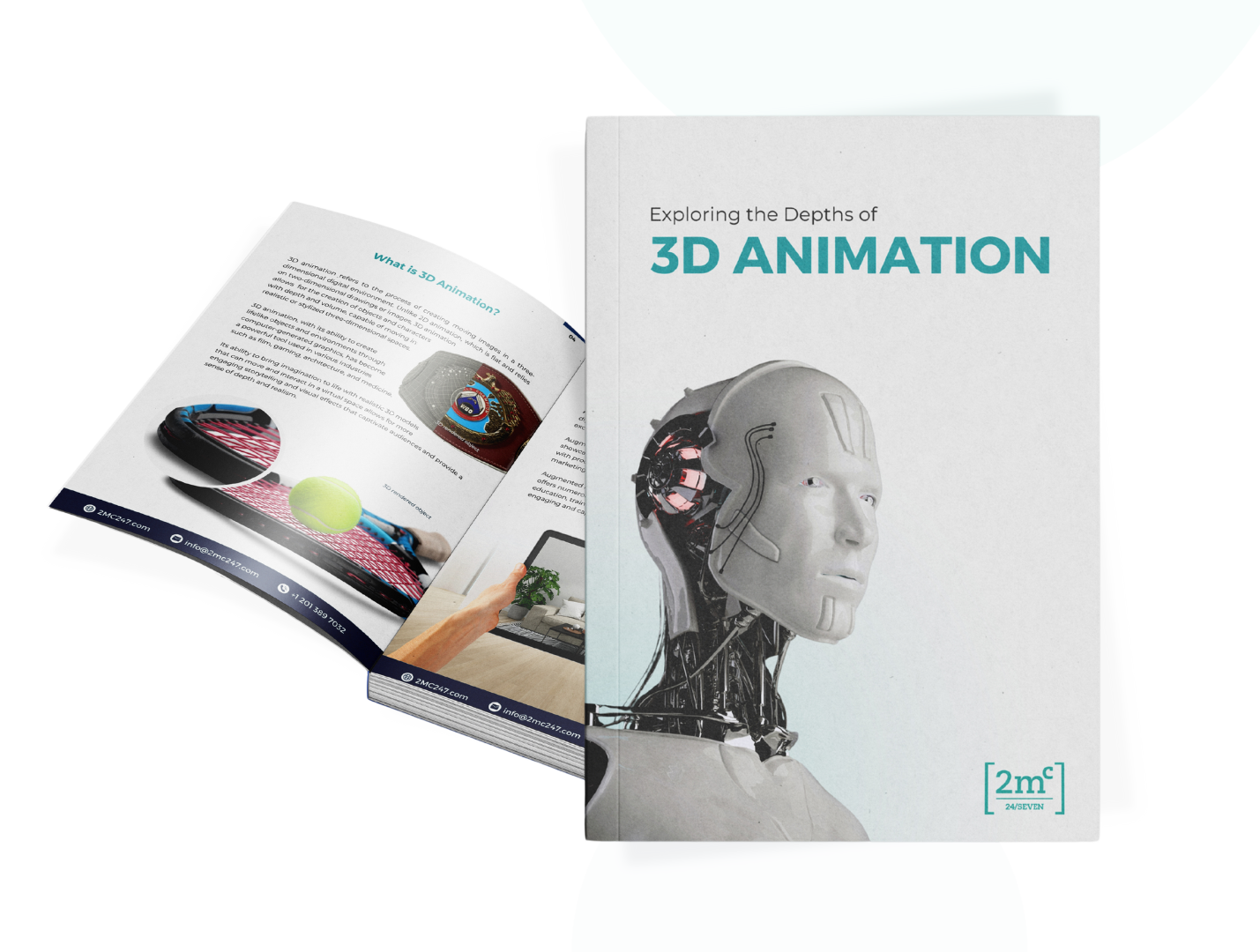When it comes to creating captivating products or campaigns, 3D design and 3D visualization are two indispensable tools. While they serve unique purposes, they are most powerful when working hand in hand—one builds the blueprint, and the other brings it to life.
So, where does one begin and the other take over?

The Core of 3D Design: Precision and Functionality
3D design is the starting point, where imagination meets precision. It involves creating detailed, functional models that serve as the blueprint for a product or project. Whether it’s an intricate piece of furniture, a dynamic architectural layout, or a cutting-edge gadget, the design phase ensures the model is accurate, structurally sound, and ready for production or further enhancement.
But here’s the catch: a great design alone isn’t enough to captivate audiences.
In most cases, 3D designs are technical, stripped of the context or appeal that consumers and stakeholders need to fully grasp the concept. This is where visualization steps in.

The Magic of 3D Visualization: Engaging the Senses
3D visualization transforms raw designs into visually compelling stories. By adding realistic textures, lighting, and context, it breathes life into the model, making it relatable and emotionally engaging. Think of it as the difference between a sketch of a house and a photorealistic image of a cozy home bathed in golden-hour light.
Visualization doesn’t just show what a product is—it shows what it feels like to own, use, or experience it.
For example:
- In retail: A 3D model of a chair becomes irresistible when placed in a beautifully designed virtual living room.
- In architecture: A basic structure becomes awe-inspiring when rendered with realistic finishes and surroundings.
- In e-commerce: Products leap off the screen when visualized with textures and lighting that mimic real-life photography.
Why Visualization Drives Sales and ROI
In today’s competitive market, visual appeal is everything. Customers don’t just buy products—they buy experiences. 3D visualization bridges the gap between technical design and emotional connection, helping brands stand out in crowded marketplaces.
Here are some proven benefits of 3D visualization:
- Increased engagement: Consumers spend more time exploring lifelike visuals than flat designs or text-based descriptions.
- Fewer returns: Customers who can visualize products in detail are less likely to make uninformed purchases.
- Better marketing performance: High-quality visuals enhance ad performance, boost click-through rates, and improve conversion rates.
How 2MC 24/7 brings it all together
At 2MC 24/7, we understand the importance of both 3D design and 3D visualization in building a brand’s identity and driving results. Our team specializes in creating seamless transitions from foundational designs to stunning, photorealistic visuals that capture attention and convert leads into loyal customers.
Why choose us?
- Efficiency and speed: We deliver high-quality visuals faster than traditional providers, ensuring your campaigns never miss a deadline.
- Cost-effectiveness: Save on costly photoshoots and lengthy production times with our streamlined visualization process.
- Unparalleled quality: Every detail in our visuals is optimized to match your brand’s aesthetic and vision.
Closing the gap between design and sales
It’s simple: 3D design lays the groundwork, ensuring your product is technically sound. But it’s 3D visualization that steals the show, turning that groundwork into something emotionally resonant and market-ready.
Don’t let your designs stop short of their full potential. Partner with 2MC 24/7 today and see how we can bring your ideas to life in ways that captivate your audience and boost your ROI.
Ready to elevate your brand?
Transform your 3D designs into stunning visuals that drive engagement and sales. Contact 2MC 24/7 today to get started on your next big project!
